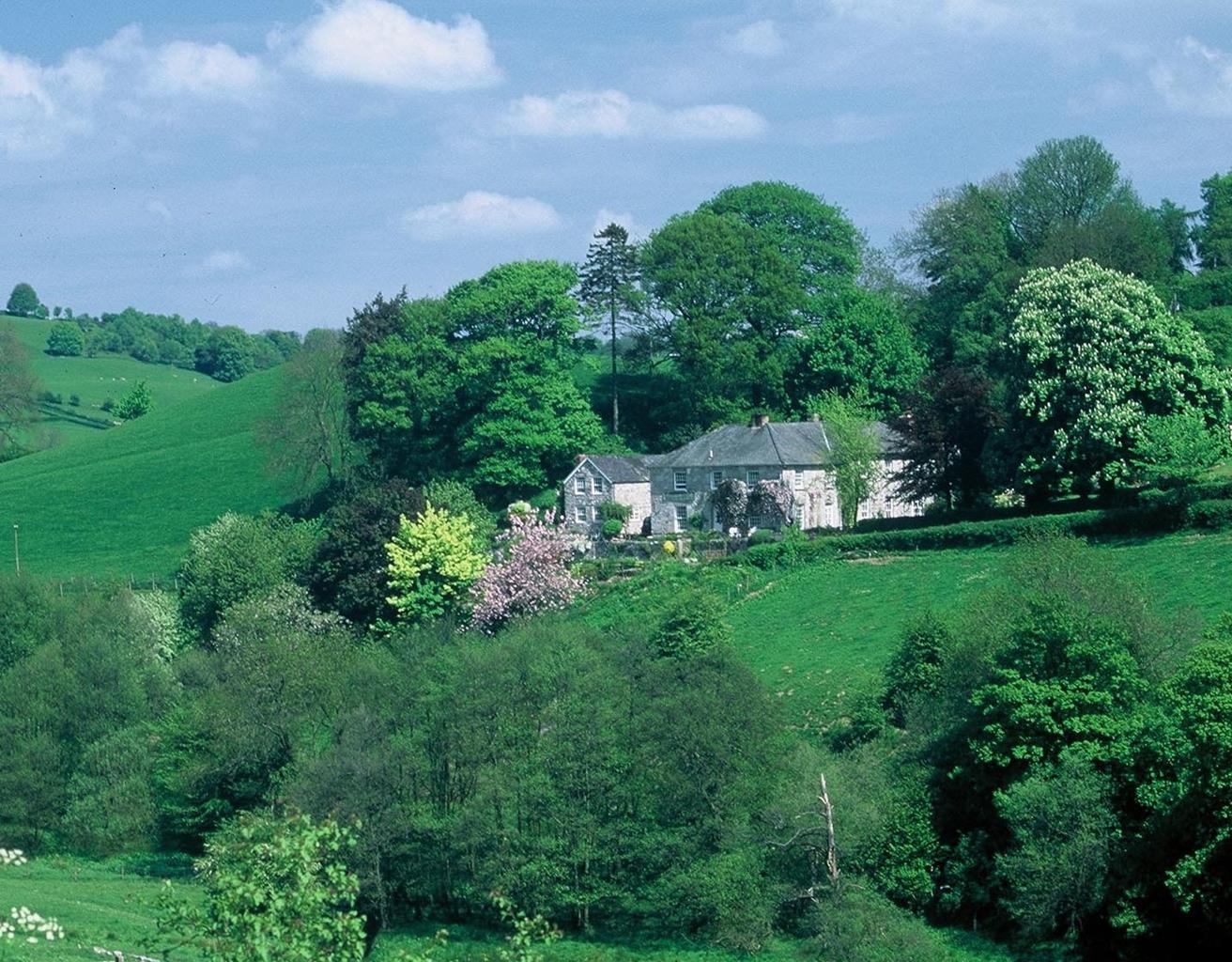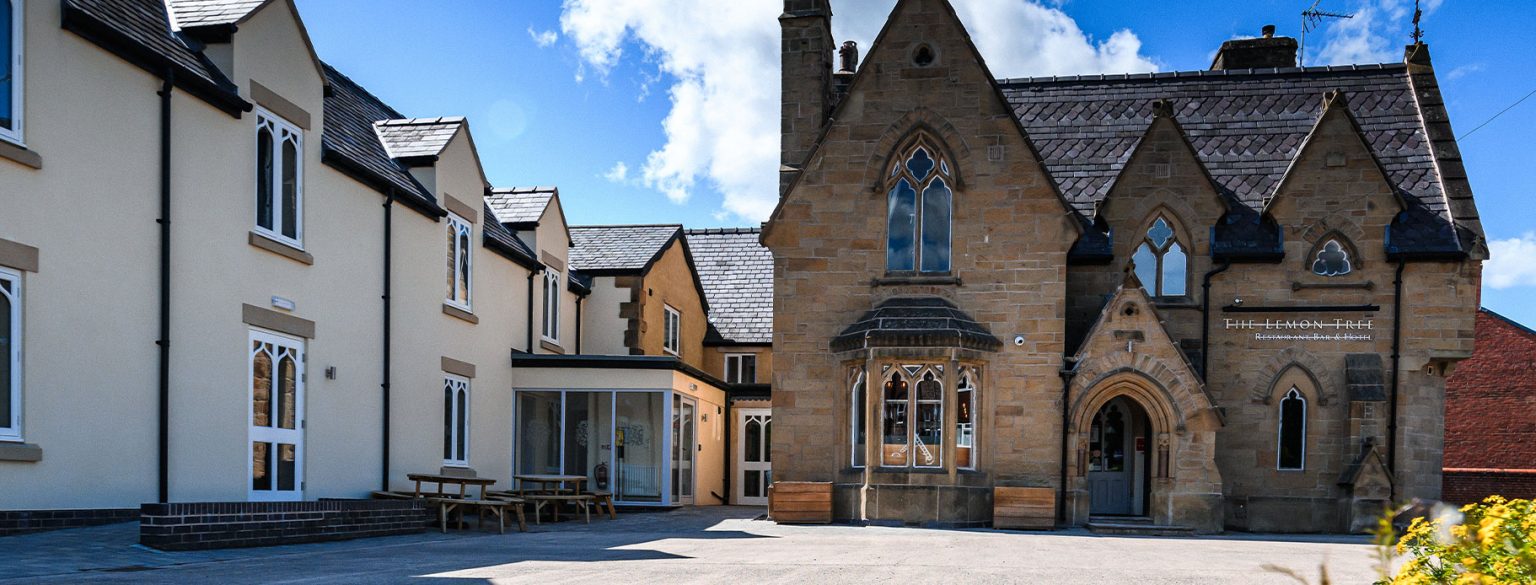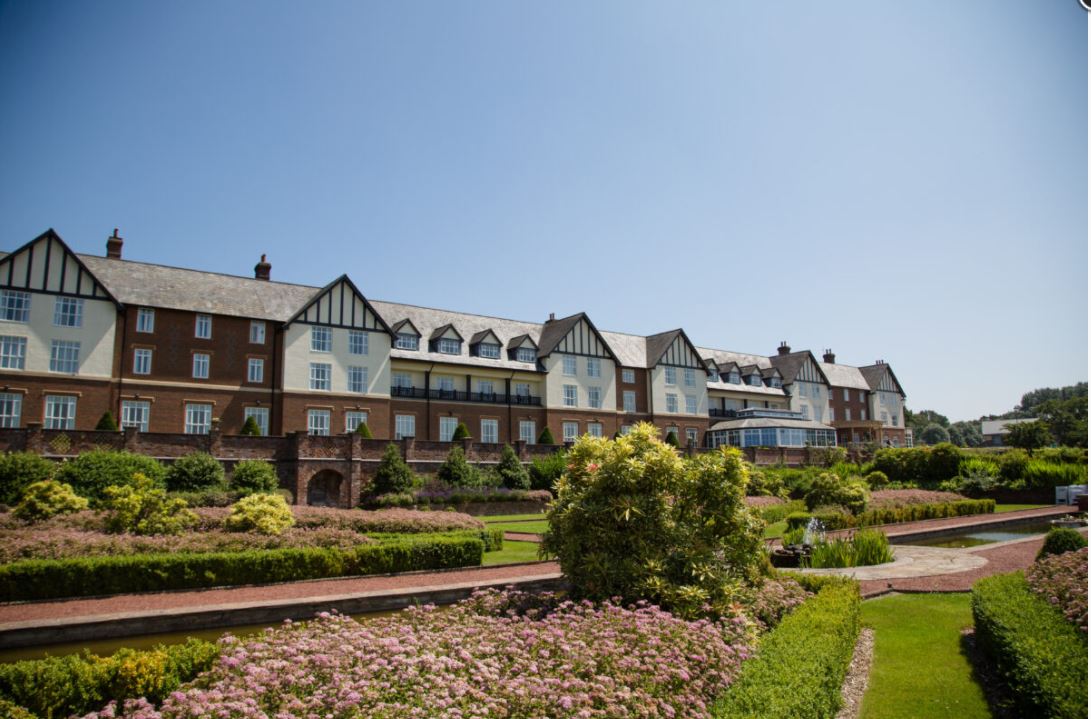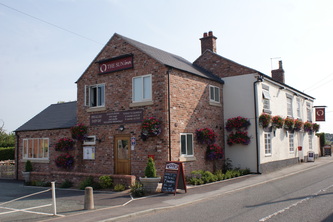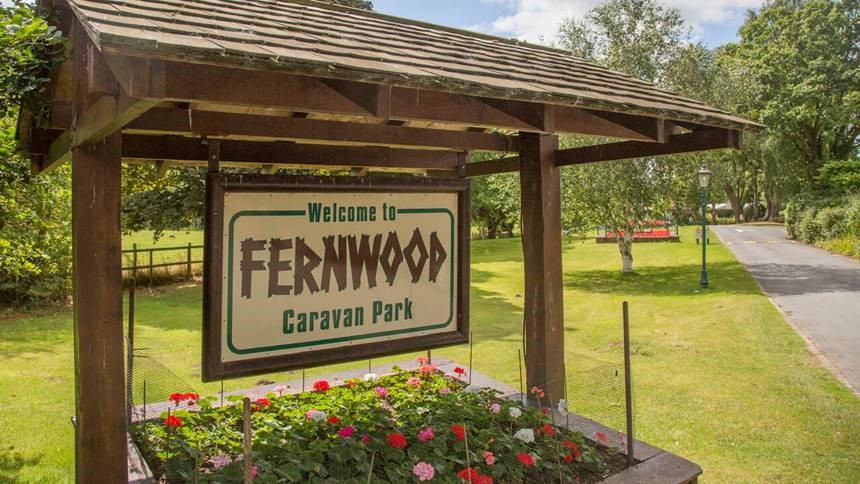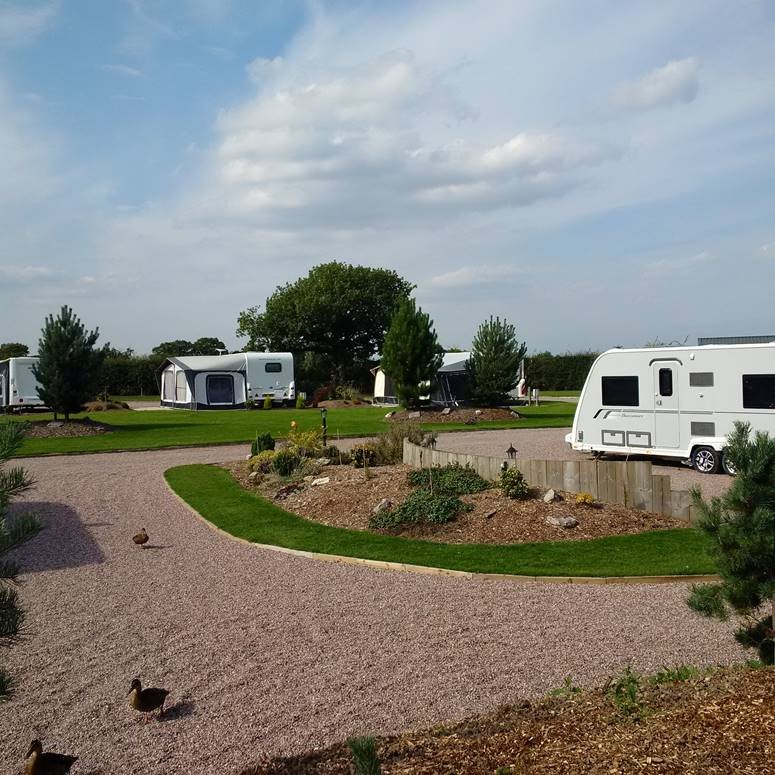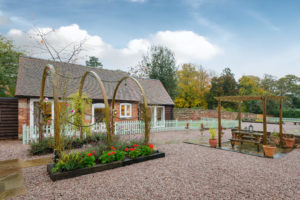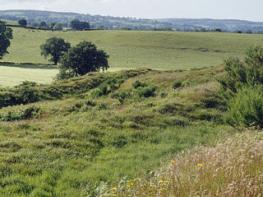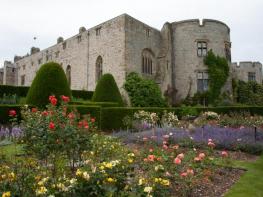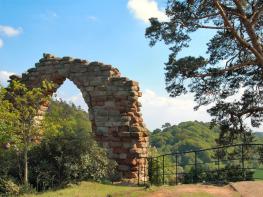The recently refurbished Sun Inn in Welshampton serves Visit England Breakfast Award-winning…
Ellesmere – meres, mosses and moraines

7.25 miles (11.7kms)
About the walk
Ellesmere is a delightful little Shropshire town. It's well worth devoting some time to exploring it. But Ellesmere's biggest asset must be The Mere, the largest of all the meres that grace north Shropshire and south Cheshire. It attracts water birds and is important for winter migrants such as wigeon, pochard, goosander and teal. It also has a large heronry occupied by breeding birds in spring and early summer.
On this walk you will explore about half of The Mere's shoreline and follow the towpath of the Llangollen Canal past Cole Mere and Blake Mere. Cole Mere is included within a country park and there is access from the towpath at Yell Bridge (No. 54). To explore Cole Mere, walk all the way round it. Blake Mere is particularly lovely; it's separated from the towpath only by a narrow strip of woodland, but there is no other access to it.
Glacial formations
Mere is an Anglo-Saxon word for a lake. Unlike a normal lake, however, these meres have no stream flowing in or out of them. So how were they formed? What follows here is a simplified version. During the last ice age, the landscape was scoured by glaciers and when they retreated between 10,000 to 12,000 years ago, they left clay-lined hollows which retained melting ice, forming some of the meres. Others filled up later because they lay below the level of the water table. Water levels are maintained by natural drainage (groundwater percolation) from the surrounding countryside.
The landscape is composed of gentle hills that, with the meres, form a pleasing scene. It consists of glacial drift, a mixture of clays, sands and gravels originally scoured from rocks by the glaciers and then deposited in banks and mounds known as moraines as the glaciers retreated. In places, you can identify the origins of the glacial drift. Blue-black pebbles are slates from Snowdonia or Cumbria, and pale, speckled stones are granites from Cumbria or Scotland, while pink pebbles are from the local sandstone. These glacial meres are unique in this country and rare in global terms.
North Shropshire is also renowned for its mosses, which were created by the glaciers too, but they are filled with peat rather than water. The wonderful moss at Whixall is well known, but there are several small mosses around Ellesmere too, though none with public access. The meres and mosses together form a wetland complex which, ecologically, is of national if not international significance.
Walk directions
Cross to The Mere and turn left. Pass The Boathouse and walk towards town, until you come to Cremorne Gardens. Join a path signed 'Woodland Walk' that runs through trees close by the water's edge for about 0.75 miles (1.2km).
Ignore paths going left until you meet one signposted 'Welshampton'. The fenced path soon joins a track. Ignore a turn to the right, marked 'Private Road'. Just before Crimps Farm turn right on another track.
The track leads into pasture. Go straight on, guided by waymarkers and gates. Go through a field with a vegetation-choked pool in it and then aim for three prominent trees close together at the far side. As you approach them, bear left into the field corner.
Go through a gate and descend by the right-hand hedge. When it turns a corner, go with it, to the right. Skirt a marshy pool then keep right to a kissing gate in the hedge (easily missed). Follow the hedge left and soon join a clear track. This leads to a farm where you join a road.
Turn left into Welshampton. Go past a church and turn immediately right on Lyneal Lane. Follow it to a bridge over the Llangollen Canal. Descend steps to the towpath and turn right, passing under the bridge. Pass Lyneal Wharf, Cole Mere, Yell Wood and Blake Mere, then go through Ellesmere Tunnel. Beyond this are three footpaths signposted to The Mere. Take any of these short cuts if you wish, but to see a bit more of the canal, including the visitor moorings and marina, stay on the towpath.
Arriving at bridge 58, further choices present themselves. You could extend this walk to include the signposted Wharf Circular Walk (recommended) or to explore the town (also recommended): just follow the signs. To return directly to The Mere, however, go up to the road and turn right.
Fork right on a road marked 'Unsuitable for HGV'. Turn right at the top, then soon left at Rose Bank, up steps. Walk across the earthworks of the long-gone Ellesmere Castle and follow signs for The Mere or the car park.
Additional information
Field paths and canal towpath
Pastoral hills with glacial hollows containing small lakes. Torch may be useful for Ellesmere Tunnel
Can run free on towpath, but under tight control elsewhere
OS Explorer 241 Shrewsbury
Castlefields car park opposite The Mere
Next to The Mere, almost opposite car park
WALKING IN SAFETY
Read our tips to look after yourself and the environment when following this walk.
Find out more
Also in the area
About the area
Discover Shropshire
Perhaps nowhere else in England will you find a county so deeply rural and with so much variety as Shropshire. Choose a clear day, climb to the top of The Wrekin, and look down on that ‘land of lost content’ so wistfully evoked by A E Housman. Peer through your binoculars and trace the course of Britain’s longest river as the Severn sweeps through the county, from the Breidden Hills to Wyre Forest, slicing Shropshire in two. To the north is a patchwork of dairy fields, hedgerows, copses and crops, broken at intervals by rugged sandstone ridges such as Grinshill or Nesscliffe, and dissected by a complex network of canals.
Spilling over the border into neighbouring Cheshire and North Wales is the unique meres and mosses country, with serenely smooth lakes glinting silver, interspersed with russet-tinged expanses of alder-fringed peat bog, where only the cry of the curlew disturbs the silence. South of the Severn lies the Shropshire Hills AONB. It’s only when you walk Wenlock Edge that you fully discover what a magical place it is – glorious woods and unexpectedly steep slopes plunge to innumerable secret valleys, meadows, streams and farmhouses, all tucked away, invisible from the outside world.
Nearby stays
Restaurants and Pubs
Nearby experiences
Recommended things to do
Why choose Rated Trips?
Your trusted guide to rated places across the UK
The best coverage
Discover more than 15,000 professionally rated places to stay, eat and visit from across the UK and Ireland.
Quality assured
Choose a place to stay safe in the knowledge that it has been expertly assessed by trained assessors.
Plan your next trip
Search by location or the type of place you're visiting to find your next ideal holiday experience.
Travel inspiration
Read our articles, city guides and recommended things to do for inspiration. We're here to help you explore the UK.

